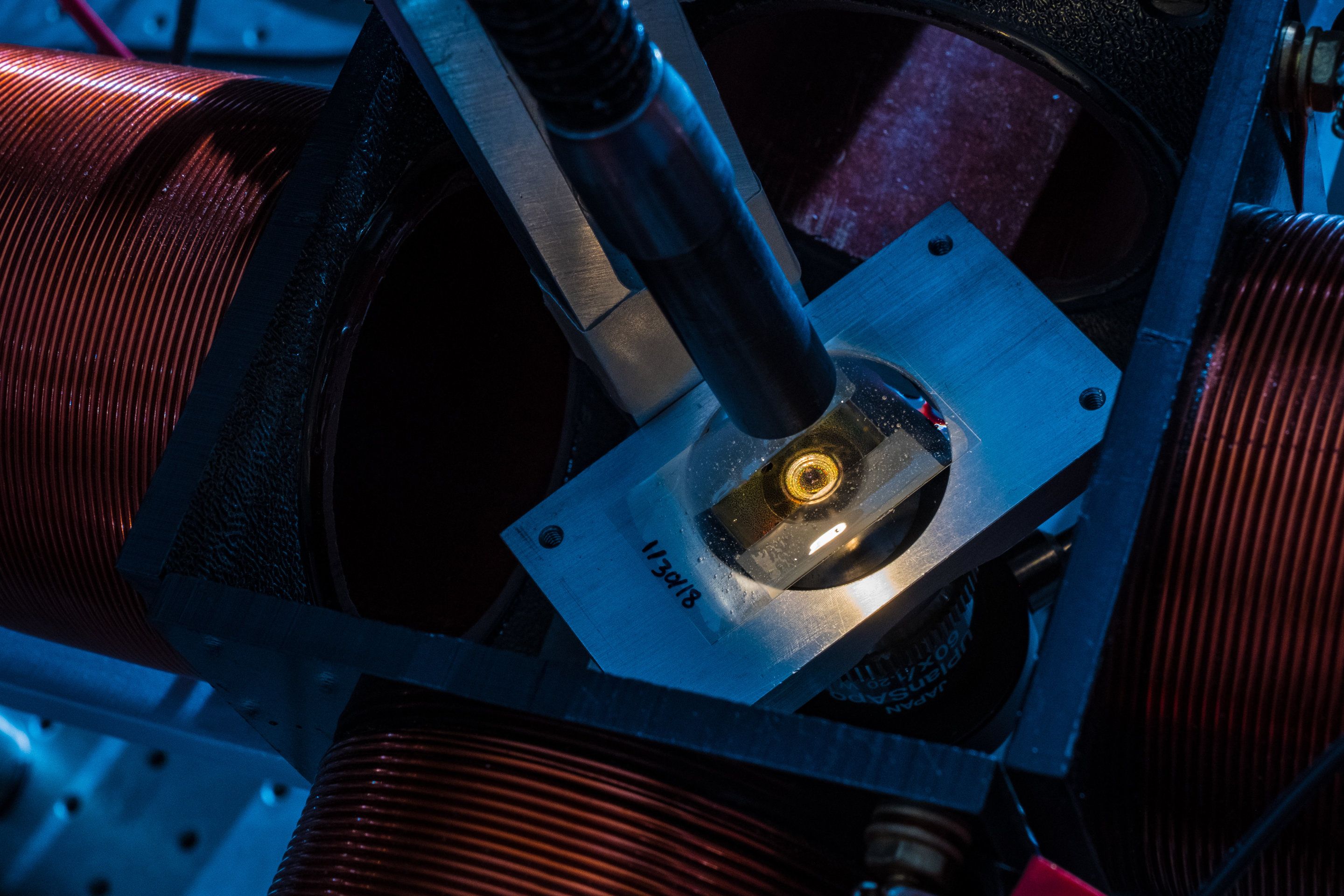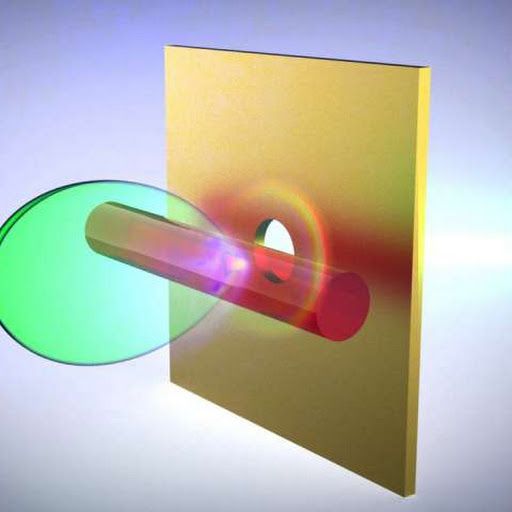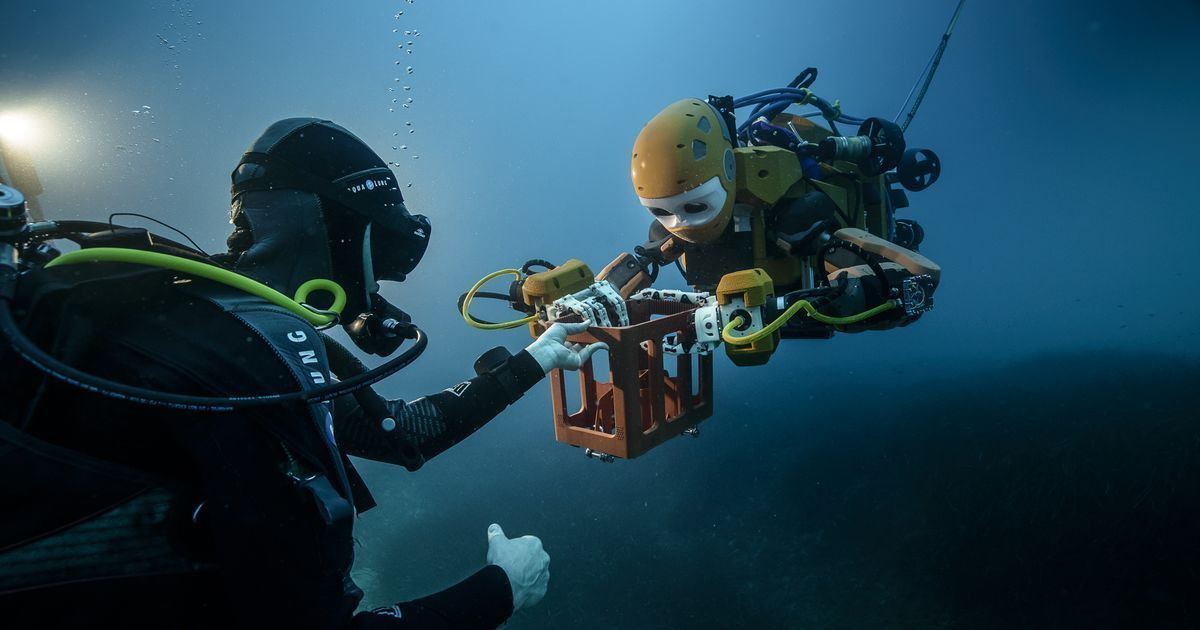Feb 7, 2018
Chinese cops are wearing glasses that can recognize faces
Posted by Shane Hinshaw in category: robotics/AI
AI that identifies people in crowds is already pervasive in China—and now it’s augmenting police officers’ eyes, too.
Smart specs: The Wall Street Journal says the hardware, made by LLVision, sends data from its camera to a handheld device, where AI software crunches through an offline database of 10,000 pictures of suspects in about 100 milliseconds to help officers spot criminals. It’s unclear how accurate it is.
How they’re used: The glasses will be used to monitor busy crowds in China as citizens travel for next week’s Lunar New Year. But the People’s Daily newspaper says they’ve already been tested in Zhengzhou railway station, catching seven wanted criminals and 26 people travelling on fake ID.
Continue reading “Chinese cops are wearing glasses that can recognize faces” »


















